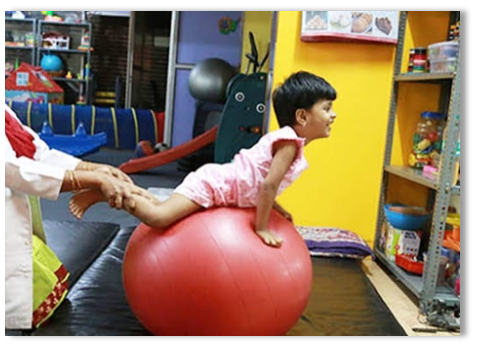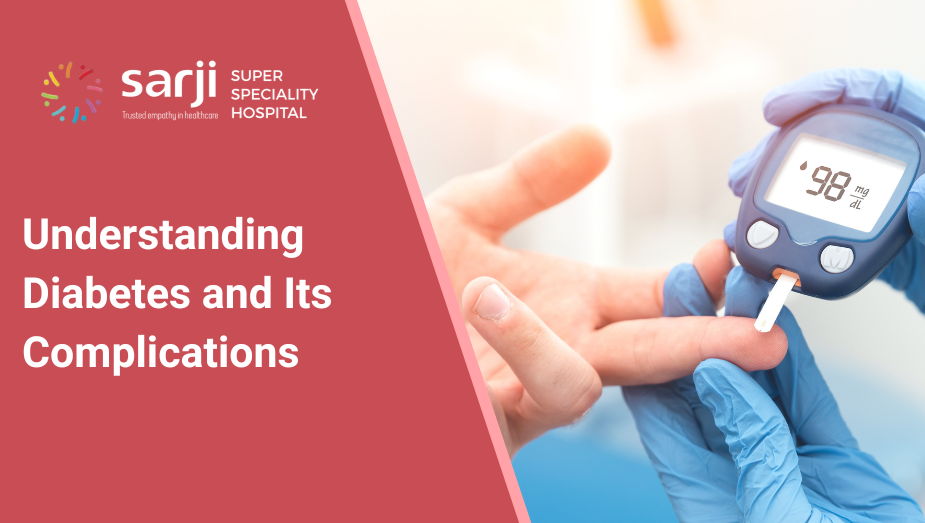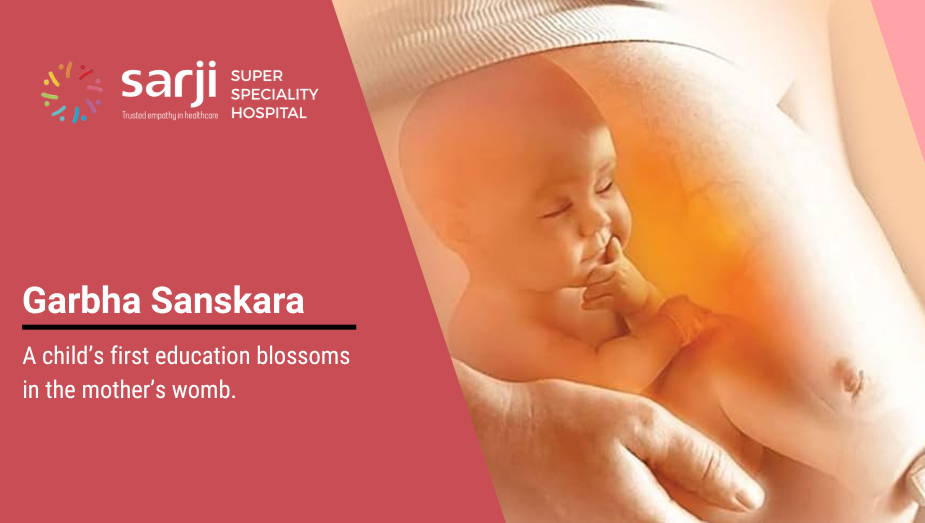
Cerebral Palsy (CP) is a group of neurological disorders affecting movement, posture, and muscle coordination. Physiotherapy plays a crucial role in managing symptoms, improving mobility, and enhancing quality of life. Below is a structured rehabilitation protocol for individuals with CP.


- Early Intervention (Infancy & Toddler Stage)
Goal: Promote normal movement patterns, prevent contractures, and improve sensory-motor integration.
Assessment:
- Muscle tone and reflexes (spasticity, hypotonia, athetosis)
- Range of motion (ROM) and joint flexibility
- Motor milestones (rolling, sitting, crawling)
- Postural alignment and symmetry
Intervention:
- Positioning & Handling Techniques
- Encourage proper posture during feeding, sleeping, and play.
- Use supportive seating (e.g., corner chairs) to promote alignment.
- Stretching & ROM Exercises
- Daily passive stretching to prevent contractures (ankles, knees, hips).
- Gentle active-assisted movements to maintain flexibility.
- Facilitation of Motor Development
- Promote head control, trunk stability, and balance.
- Activities like rolling, crawling, and assisted sitting.
- Sensory Integration Therapy
- Exposure to different textures, sounds, and movements to improve proprioception.
- Early Childhood (Preschool & School Age)
Goal: Enhance functional mobility, gait training, and independence in activities of daily living (ADLs).
Assessment:
- Gait analysis and walking ability
- Muscle strength and endurance
- Functional skills (dressing, feeding, mobility)
- Postural stability and balance
Intervention:
- Gait Training & Mobility Assistance
- Use of walkers, orthotics, or crutches as needed.
- Treadmill training for improved walking endurance.
- Strength & Endurance Training
- Functional exercises (sit-to-stand, step-ups).
- Core strengthening for posture control.
- Balance & Coordination Activities
- Exercises on balance boards, therapy balls.
- Task-oriented training for motor planning.
- Fine Motor Skill Development
- Activities like grasping objects, finger painting.
- Occupational therapy for hand function improvement.
- Adolescence & Adulthood
Goal: Maintain mobility, prevent secondary complications, and enhance independence.
Assessment:
- Joint contractures and muscle stiffness
- Functional independence in ADLs
- Respiratory function (if severe spasticity affects breathing)
- Fatigue and pain levels
- Intervention:
- Contracture Prevention & Management
- Regular stretching and splinting.
- Serial casting if needed.
- Strength & Functional Mobility Training
- Adaptive exercises based on capabilities.
- Hydrotherapy for low-impact movement.
- Assistive Devices & Adaptive Strategies
- Use of wheelchairs, standers, or mobility aids.
- Home modifications for accessibility.
- Respiratory & Pain Management
- Breathing exercises if respiratory muscles are affected.
- Pain relief strategies (massage, heat therapy).
Conclusion
Physiotherapy in CP is individualized based on severity and type (spastic, ataxic, dyskinetic). A multidisciplinary approach with therapists, caregivers, and medical professionals ensures optimal outcomes in improving mobility, independence, and overall well-being.






